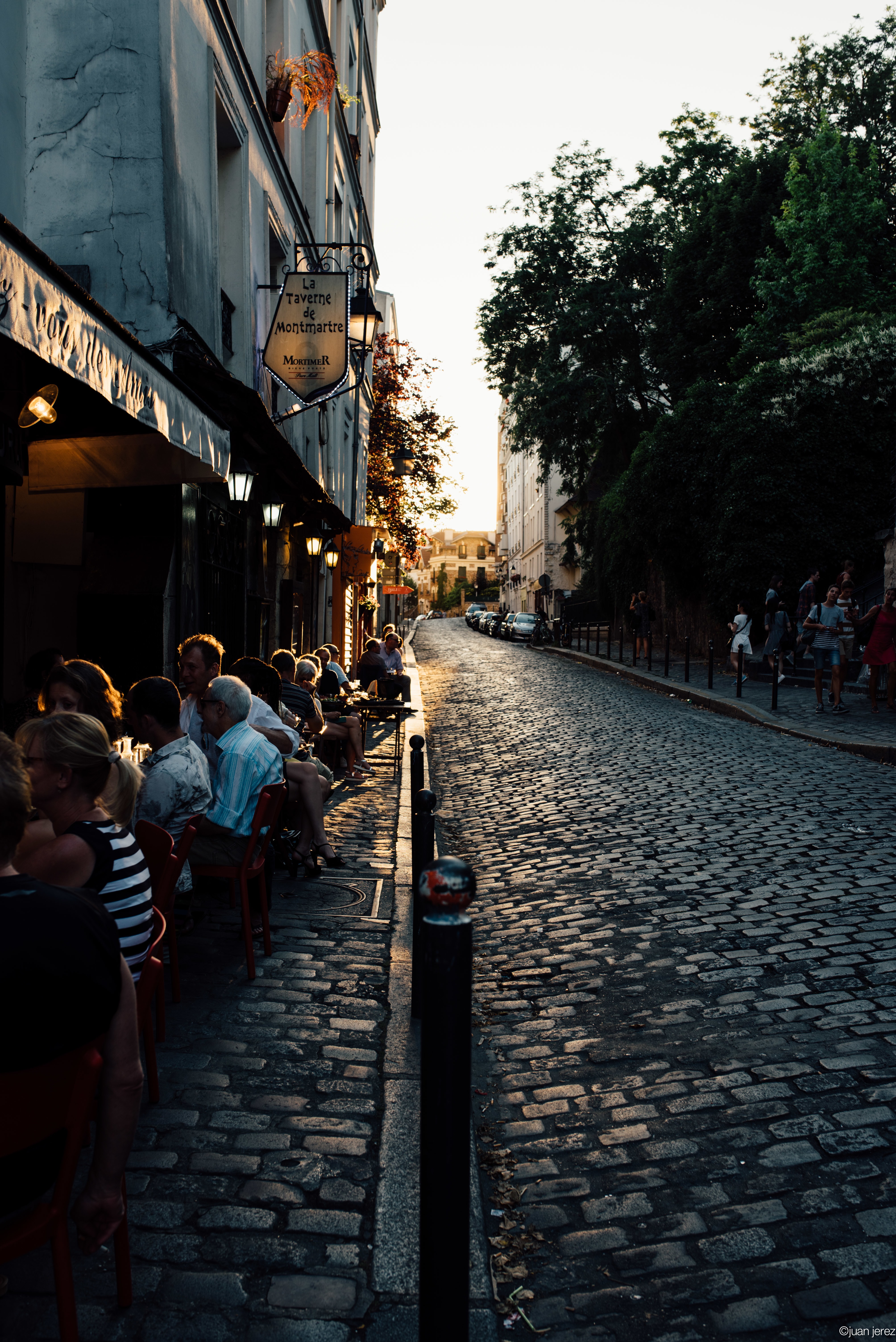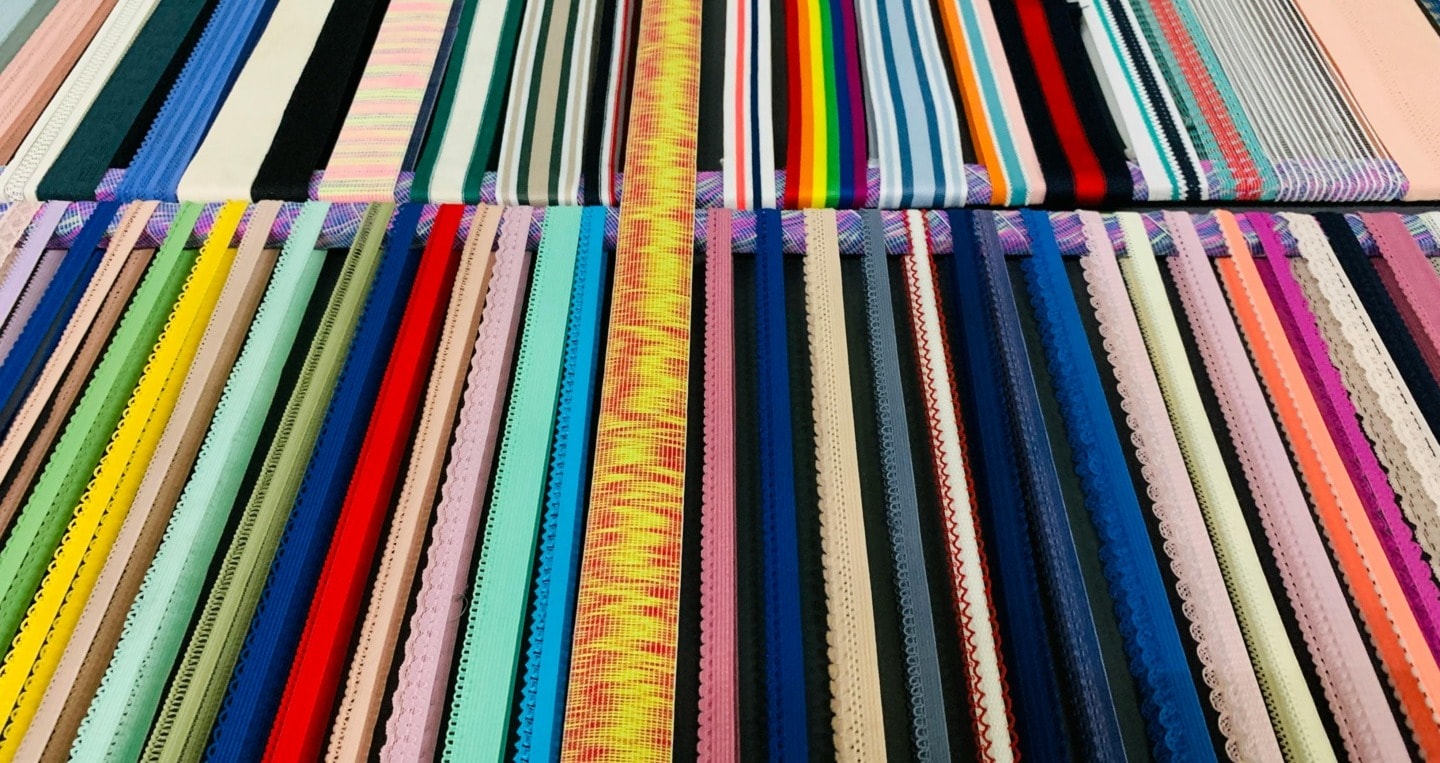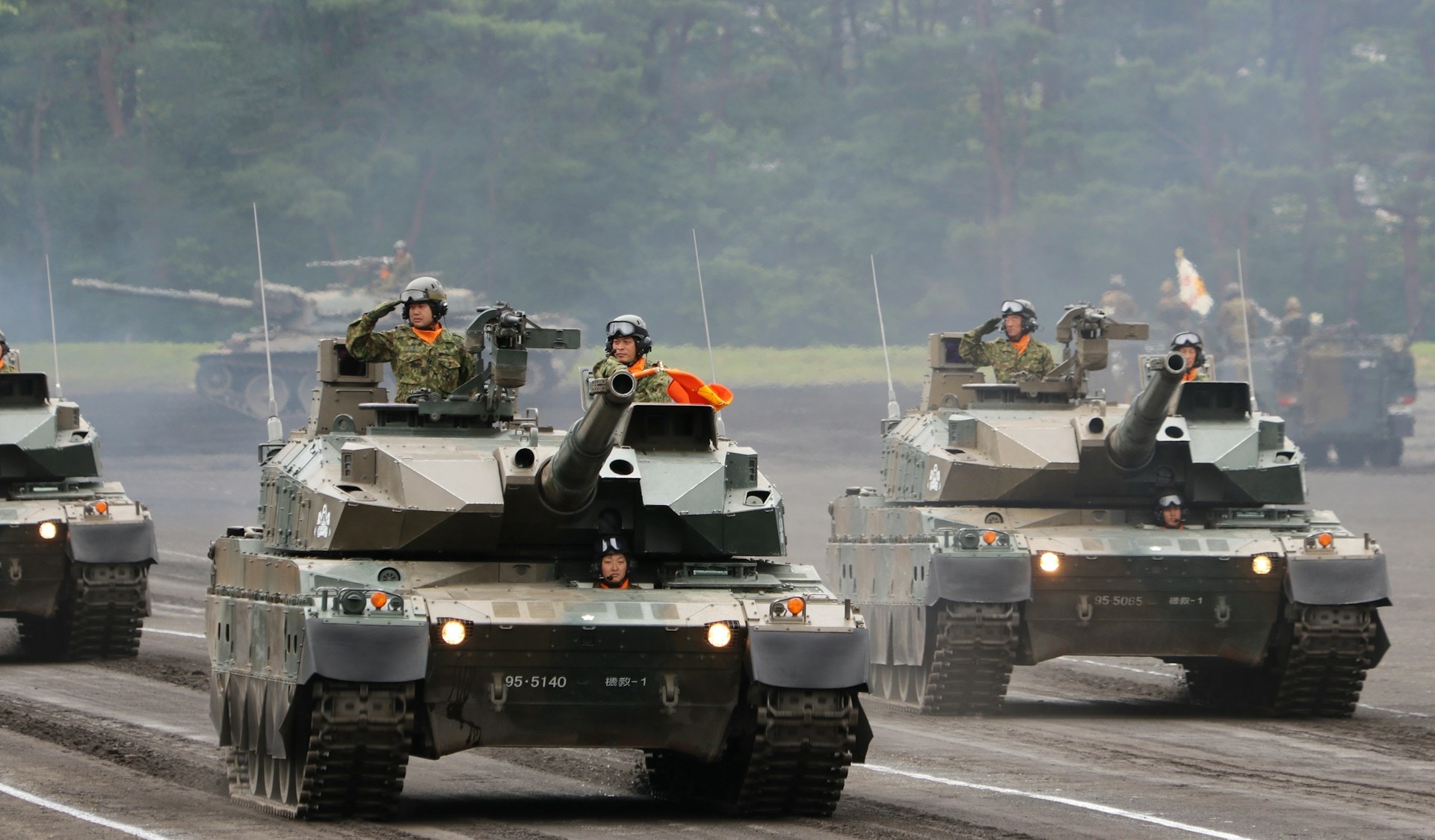When looking at an artist’s work, it’s always interesting to wonder who they are and what motivates them. For most artists, we are left with only our own speculation, a guess that might point in the right direction, but that probably doesn’t. Luckily for us, Juan Jerez, an art historian, architect, and photographer, sat down with us to clear up the mystery behind his vibrant images and compelling series. In this interview, Juan lets us into his perception of the world and how he translates that perception through his photography. His thoughtful approach to capturing images is not just a good lesson for amateur photographers, but it also provides a new way through which those of us without a camera can see the world. A full collection of Juan’s work can be found on his Instagram.
Reality, seen through a camera lens, becomes a never ending source of beauty, a mysterious and ever-changing performance.
How did you decide (or not decide) to become a photographer?
Juan Jerez: Well, I think it was the consequence of a long learning process. I have always been interested in the world of images. During my years as a student of art history, I used to spend whole afternoons looking at paintings. I was fascinated by their narrative capacity, the immediacy with which they transmitted a message. Somehow, I think I learned a new language composed of lights, shadows, shapes, tones… A new language that I could understand, but that I didn’t “speak” yet.
Long after, I discovered a tool that allowed me to begin to “speak” this new language: the camera. Through photography, the whole life began to be part of that world that I was so fascinated by. Reality, seen through a camera lens, becomes a never ending source of beauty, a mysterious and ever-changing performance.
I think it was then when I decided to be a photographer: the instant I understood that being behind the camera is the place I prefer to occupy in this world.
Photo Credit: Juan Jerez
The special way in which photography represents time gives it an enormous seduction capacity which, for the time being, will go on amazing people.
Some of your work is organized into Series, such as “Wish I were there” and “Die lebenswelt.” How do you go about selecting a theme or an idea for a series?
J.J.: Most of the series in which I work have to do with personal issues and affairs. “Wish I were there”, for example, is about the feeling of loneliness that overcomes the traveler when he arrives in a great city. I began to work on this series on my arrival in Paris five years ago when I didn’t know anyone in the French capital and I had to start from zero.
“Die lebenswelt” is related to my literary interests and to the discovery of the work of one of the photographers that have had more influence on me, Garry Winogrand.
I like to work with series because they allow me to develop an idea over an extended period of time.
Once I have decided an issue I have to understand how to represent it, how to communicate it. The series work is extremely useful in this respect. It allows you to develop an idea for a long period of time, which can last months or even years.
Photo Credit: Juan Jerez
What skills are you the most interested in improving upon or learning?
J.J.: Well, the answer may seem a bit strange but I would really love to be invisible. The series “Die lebenswelt” is just about this.
In addition to your personal work, you have also been commissioned to take photographs for Conde Nast, the Indonesian Tourism Minister, and the Musée du Louvre, among several others. How does your approach to commissioned work differ from your approach to personal work?
J.J.: When I make a collaboration I try to understand the needs of the customer, what they expect from my work. In a commission there are always a number of indications, of parameters to be respected. I like to work with these “limits” integrating them in my way of working. It is usually an opportunity to go on learning and improving.
Photo Credit: Juan Jerez
Somehow, I think I learned a new language composed of lights, shadows, shapes, tones… A new language that I could understand, but that I didn’t “speak” yet.
What has been your favorite project or piece of work? Why?
J.J.: I love any project. From social or cultural events, architecture, portraits… to street-life or traveling. If I had to choose only one, it would probably be “Beautiful Indonesia”, which allowed me to explore this beautiful country for two weeks and, above all, to meet a fantastic group of people.
Anyway, my favorite photograph is the one I’m going to take tomorrow… I think that the photographer is constantly taking pictures, even though he doesn’t take his camera with him. I often dream I am taking photographs. That constant attention involves a kind of tension, a sort of impulse to photograph something new at every moment.
Photo Credit: Juan Jerez
Photography is very powerful, and is constantly influencing the world. How can we better take advantage of photography’s potential to move the world forward?
J.J.: It’s a complex issue. Images have always had an essential prominence when it comes to transmit a message. You only need to think about the vast production of religious art, advertising images, etc. Nowadays, however, I think that there is a certain saturation and we run the risk of weakening the communication power of images. We must provide them with certain content, with certain meaning. If not, their narrative power will disappear.
One way to develop this issue is the series work, for example. The series allows us to articulate a richer and more complex discourse, one with a greater variety of shades.
Related articles: “PEI KETRON: TAKING BEAUTY AND PHOTOGRAPHY TO THE NEXT LEVEL”
“THE FINE ART PHOTOGRAPHY OF GRAY MALIN“
Photo Credit: Juan Jerez
If, for whatever reason, you were suddenly unable to photograph architecture anymore, what else would you photograph in its place? How would you fill that “hole” in your work?
J.J.: I think this hole would be too large to fill. J I guess I would “dedicate” myself to what has always been my passion: literature. I would try to narrate the same stories I now tell, but I would change lights, shades, shapes… for words. I’m afraid I wouldn’t be successful…
Photo Credit: Juan Jerez
If you could go back in time to photograph any event or person, whom or what would you choose?
J.J.: Lots of them, but I think I would choose one: I’d love to be able to photograph Adriano, the emperor, and his villa in Tivoli.
I think that the photographer is constantly taking pictures, even though he doesn’t take his camera with him. I often dream I am taking photographs.
For a full mindmap behind this article with articles, videos, and documents see #photography
Photo Credit: Juan Jerez
How might photography as an art transform in the future? Do you see yourself being a photographer for the rest of your life?
J.J.: I think it’s difficult to know it. Many friends of mine, who are photographers too, are convinced that photography will be giving way to other forms of representation of reality, more complex ones, such as video. However, I think that photography will maintain its relevance. The special way in which photography represents time gives it an enormous seduction capacity which, for the time being, will go on amazing people.
Personally, I think I will continue taking photos my whole life.
Photo Credit: Juan Jerez
How can a photographer get better at their craft?
J.J.: Well, I think that the best way to learn how to photograph is to do it as often as possible. It is very important to improve the technique, to use a photographic material we feel comfortable with (not necessarily the most expensive), but I think too that it is absolutely essential to look for inspiration and to improve our perception of reality through other experiences not related to photography. For example, most of my photographic interests have to do with literature. To go to the cinema or to visit a museum may be a good method to improve your technique. And, of course, the most important thing is to observe what surrounds us, to observe all the time.
Recommended reading: “A DELIGHTFUL INSPIRATION: PHOTOGRAPHY WITH MARK CLINTON”
_ _
All photo credits: Juan Jerez
EDITOR’S NOTE: The opinions expressed here by Impakter.com columnists are their own, not those of Impakter.com.
Juan Jerez Instagram.com Photography























